It is the most challenging selling environment ever, leaving many corporations to wonder, “do I need sales enablement technology?” The answer is yes – and not just for your sellers.
Who Needs Sales Enablement Technology?
In 2021, your entire revenue team, from marketing to sales to customer care, needs the tools, education, processes, and content to sell your products and services. Why?
- More than half of today’s B2B buying process takes place before a buyer engages with a salesperson.
- Over two-thirds of buyers prefer not to engage with a sales rep at all.
- Increasing your customer retention rate by 5% increases profits by 25-95%.
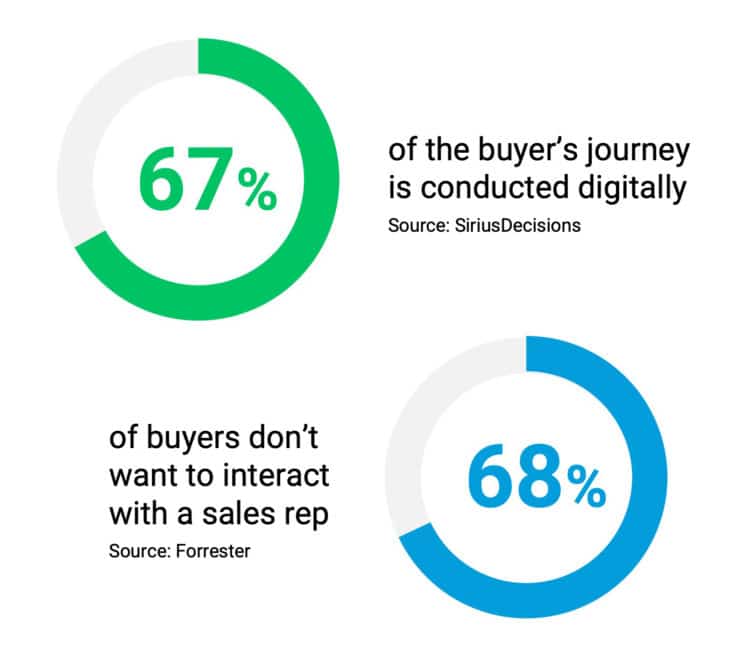
Today, your sellers are not the only ones influencing purchase decisions. Marketers and post-sale teams (customer care or account management) play a critical role in driving company revenue and growth.
Fortunately, sales enablement technology can give marketers, sellers, and post-sale teams the tools they need to provide a personalized, consistent, and engaging experience across the entire customer lifecycle in one unified platform.
What Capabilities Does Sales Enablement Technology Provide?
If you thought sales enablement was just for sellers, think again. The right sales enablement platform provides:
Content Management & Presentation Tools
How do you currently manage, distribute, share, and present content?
Using a best-in-class sales enablement technology versus a content repository such as SharePoint or Box offers many benefits. To start, it allows marketers to maintain control over the brand and message while allowing sellers the flexibility they need to curate personalized content collections or create customized presentations for buyers.
Sellers have access to all up-to-date content in one place – whether online or offline. And marketers can track what content sellers present and share and how buyers consume content to identify what works and what doesn’t and optimize accordingly.
Marketers don’t have to worry about sellers saving files locally and sharing outdated information in meetings with buyers. And sellers leverage more content because they can find what they need on-demand and have confidence that it works.
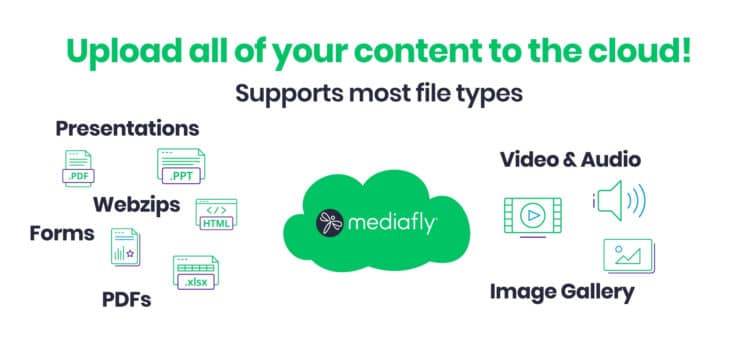
Value Selling Tools
Are you pitching products or value selling?
Today’s buyers are frugal and skeptical. Their inability to financially justify purchase decisions means you aren’t just at risk of losing the deal to your competitor. You’re also at an increased risk of losing the sale to “no decision.” To combat this, you need to explicitly quantify and communicate your unique value proposition (and you need to do it as early in the buyer’s journey as possible).
Sales enablement technology that incorporates value selling tools such as ROI calculators, TCO comparisons, and business value assessments can help you effectively communicate value across the customer lifecycle. That includes:
- Self-service diagnostic assessments on your website to introduce your value proposition earlier and drive demand for your products and services
- Business value tools and TCO calculators to help sellers communicate business value benefits to buyers in real-time
- Realized value calculators to help post-sale teams prove realized value at renewal time and to drive up and cross-sells
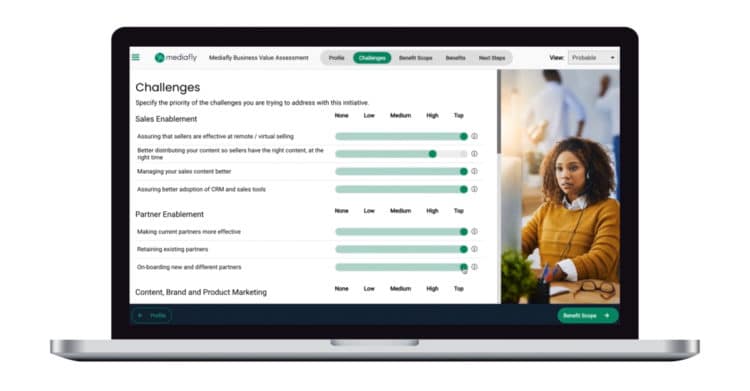
Content Engagement Analytics
Do you know what content drives revenue?
The sad truth is that the majority of the content created by marketing never gets leveraged by sellers. That’s a lot of wasted budget, time, and effort.
When you use a sale enablement platform, marketers can track and measure the success of your content by identifying the content sellers use and how buyers consume it. Who viewed it? How much time did they spend on it? Did they revisit certain pages? Did they share it with any other key decision-makers?
Content data and insights can tell you what content helps sellers drive deals forward so you can create more of what works and less of what doesn’t.
Sellers can also leverage this data to identify engaged accounts to help them determine where to focus their efforts. Similarly, customer care teams can monitor what content existing accounts are most interested in and use the data to propose new products or services based on the customer’s interests.
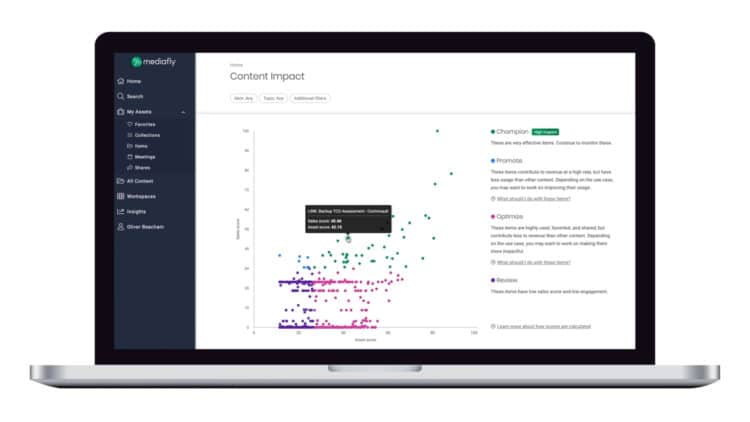
Sales Coaching & Training
How do you onboard and educate your sales and account teams?
If you take the traditional route, you spend two weeks onboarding new reps with ineffective, classroom-style training featuring product demos, paper-based training collateral, and impersonal sales scripts. But cramming as much market, company, and product knowledge into sellers’ heads upfront and hoping they can recall the information when they need it doesn’t work.
Fortunately, sales readiness or what many call “just-in-time” learning capabilities are table stakes for sales enablement. That means any platform you select will provide these capabilities inherently or via integration.
Sales readiness allows you create on-demand learning modules to ensure your sellers can successfully address buyer challenges, differentiate your products and services, and compel buyers to purchase.
Revenue Intelligence
Do you accurately forecast and hit revenue targets?
Gartner predicts by 2025, 75% of the highest growth companies in the world will deploy revenue operations (RevOps) model. Revenue intelligence solutions can help you hold all teams from marketing to sales to post-sales accountable to revenue by delivering insights about what deals are likely to close and providing dynamic guidance.
When using data to inform your sales forecast, it’s important to capture what happens inside and outside of the sales meeting. That includes:
- Sales engagement & activity data
- Content engagement data
- Buyer intent data
- Conversation intelligence data
While there are a variety of platforms that capture subsets of the data listed here, Mediafly is currently the only sales enablement platform to combine all of that data in a single dashboard for a holistic view of pipeline health.
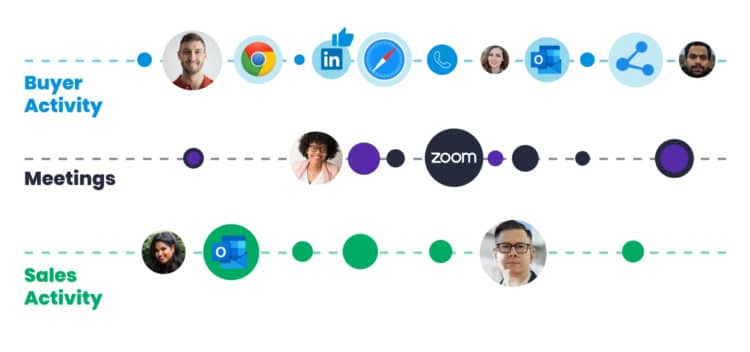
What Are the Benefits of Sales Enablement Technology?
Sales enablement isn’t just for sales reps. Marketers, sellers and post-sales teams can all benefit from sales enablement technology.
The right sales enablement platform will put the tools, resources, and content in the hands of all customer-facing teams to ensure they can meet a joint business goal – revenue growth.
Sales enablement is core capability in a hybrid selling environment. Looking for more information on how sales enablement technology can help you overcome challenges and grow your business? Download our guide How Sales Enablement Technology Can Help You Overcome 10 Common B2B Challenges.

Comments are closed.